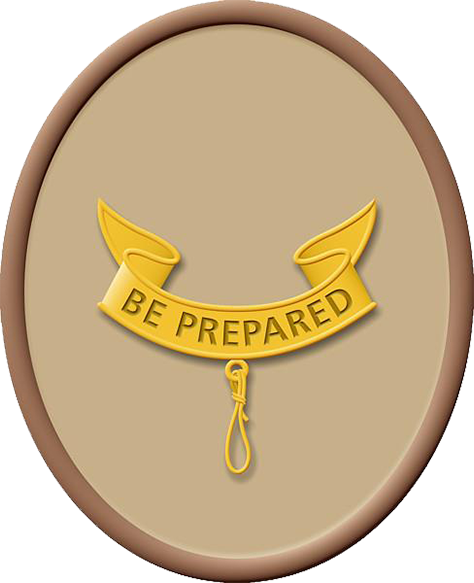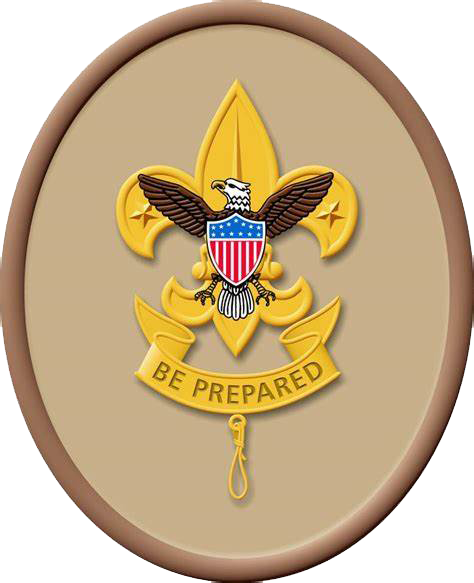
Second Class
Second Class proves that the Scout has learned the basic skills of Scouting which form a solid foundation for not only an Eagle Scout but any honest and moral man. At this point, the Scout is given more responsibility to look after themselves and to help younger Scouts. A Second Class Scout knows how to use a compass and map, understands the principles of Leave No Trace and can demonstrate safe usage of knives, saws and axes. He is active in the Troop Meetings and Campouts. He can plan and prepare a balanced camp meal for his patrol. He has demonstrated basic first aid and has prepared his own first-aid kit.

First Class
First Class is the rank above Second Class and below Star Scout. A Scout can work on the requirements for the Tenderfoot, Second Class, and First Class ranks at the same time, but must earn them in sequence. The badge is awarded when the Scout completes requirements in the areas of Scoutcraft, physical fitness, citizenship, personal growth and Scout Spirit. At this point, Scouts shift focus from learning physical Scouting method to start developing leadership skills.
Although Eagle is the highest rank and one all Scouts should strive for, the number of Scouts achieving First Class within one year of joining is still one of the key measures of unit effectiveness. Studies purportedly have shown that if a Scout achieves First Class within a year of joining, they typically stay in the Scout program for at least three years. Scouts who do so are purportedly more likely to retain Scout values as an adult and achieve the BSA primary mission of "producing useful citizens".
From 1972 to 1990, the First Aid merit badge was required for First Class rank. After 1990, this was replaced with a series of requirements to demonstrate awareness of advanced first aid techniques, including CPR. A sixth merit badge was added to the requirement for Star rank at that time to maintain its overall requirement of 21 merit badges, and First Aid is still one of the merit badges that is mandatory for Eagle Scout.